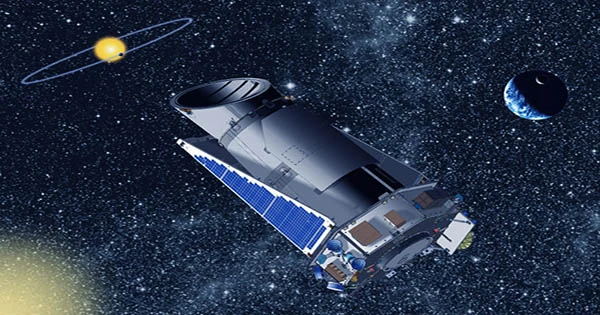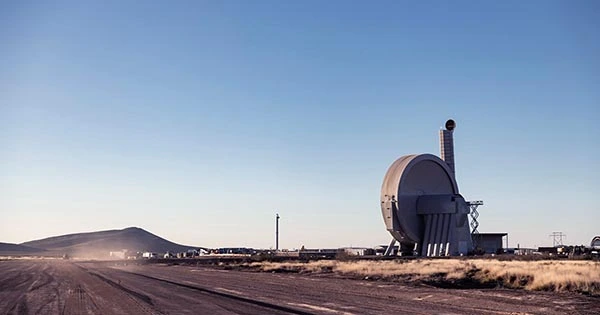SpinLaunch wants to revolutionize how we go to orbit by firing objects into orbit at 5,000 mph from the ground, and it now has a bright new NASA contract to demonstrate its capabilities later this year. We’ve known about SpinLaunch for years, but the concept of speeding mass to orbit using an underground centrifuge was, shall we say, only faintly substantiated until lately.
It operates by spinning a revolving arm in a massive vacuum chamber faster and faster until the vehicle it is carrying is released via an exit tube. Although it is a simple concept (just a huge sling), it is not so straightforward to implement. However, tests launched late last year demonstrated that they could shoot a payload at over 1,000 mph to a height of roughly 30,000 feet and recover it. The technology is still in development, but the promise of cutting the fuel and bulk of even suborbital payloads in half appealed to NASA, which inked a Space Act deal with SpinLaunch to put it to the test.

A test launch is planned for later this year, when SpinLaunch will launch a NASA cargo at supersonic speeds and retrieve it quickly. The two agencies will then analyze the mission’s success and its use for future launches, as well as disseminate any non-confidential data on the internet. The cargo will be launched at Mach 2 in a 3-meter test vehicle that resembles a torpedo; once at the right height, it will open a parachute and float to a soft landing. The 33-meter test facility will be near Spaceport America in New Mexico, where it will take place.
According to a SpinLaunch spokesman, the business expects to test at speeds up to Mach 6 (about 4,600 MPH) later this year. The full-scale 100-meter launcher is expected to be operational in 2025. Later this year, SpinLaunch will launch and retrieve a NASA cargo at supersonic speeds in a test flight. After that, the two organizations will review the mission’s success and determine its use for future launches, as well as publish any non-confidential data online. I’ve contacted SpinLaunch for further information on the project and will update this page as soon as I receive it.














